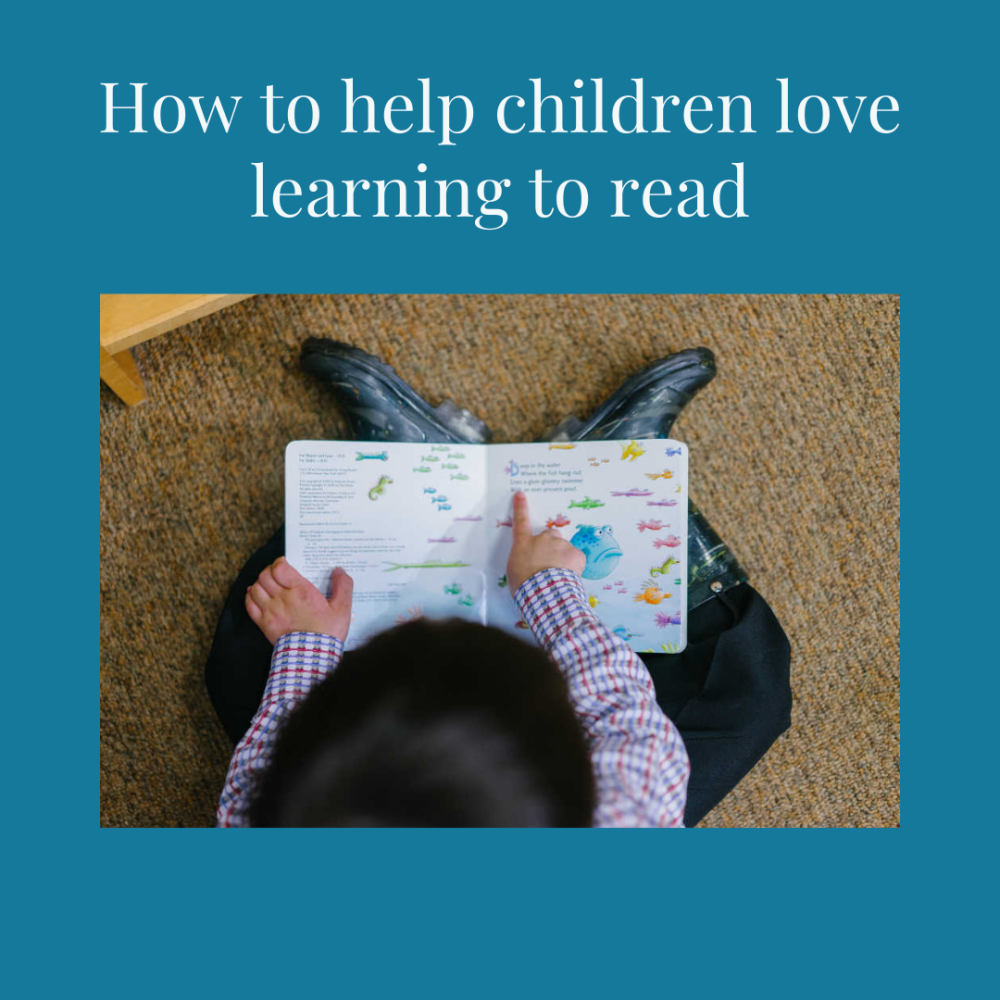How to help your child learn to read and love it!

Many children struggle with learning to read, or simply take a bit longer to develop this skill.
The current remote learning has made this task even more difficult or has caused some children to be learning to read more slowly than if they were in the classroom. Compounding this is the difficulty many parents are facing trying to teach their children to read whilst often also working from home and attending to the needs of other children.
Children are typically competitive, none more so than in a classroom. They can see and hear what others are doing and achieving. This drives children to be like, or better than, their classmates. Remote learning has removed this interaction resulting in many children losing the drive to learn to read. For parents, this feels like an impossible task, often resulting in teary children and frustrated adults.
If your child is digging in their heels about reading or is losing confidence, then change tactics.
Children simply want to have fun and there are many simple things parents can do to turn reading into a fun activity:
- Let your children recognize that words and letters are everywhere: packaging, number plates, billboards, street signs, brochures, newspapers, magazines, supermarket shelf labels, etc.
- Reading isn’t just about what is in a book, but it is about reading everything around us. When going for a walk, ask your child to see if they can find 5 “a” or five “A” for example. “a” is called a short vowel as in “cat” and A is a long vowel sound as in “cape.” Vary this in any way you like to make it fun. You might like to reward them for participating by reading a story to them when you get home.
- Use empty packaging and ask your child to cut out/colour in certain letters/words. Cut out words/letters can be glued onto the plain inside of a cardboard packet.
- Have a letter/word of the day: The child fills a jar with an item every time they recognise the letter/word.
- Write letters/words with chalk on the footpath
- Build letters out of toys/leggo
- Place a thin layer of sand/flour in a flat baking tray. The child can write with their finger in the flour, erase it and start again.
One of the biggest issues causing many children to become disengaged with reading is when they are asked to read a text that contains words they find difficult to read or pronounce. This is simply not enjoyable and can be quite demoralizing for a child who must “sound out” many words, reads slowly, and is unable to follow the story.
The whole purpose of reading is to read with understanding. This must be the priority. Therefore, a good rule of thumb is to never ask a child to read a text for the first time that contains words they don’t know or can’t read.
It is always best to look at individual words first and talk about the word and what it means. What letters does it contain? What sound do these letters make? Only when a child can read and understand all the words in a text and has heard the text read to them are they in a position to read the text out loud.
If you simply don’t have time for this, don’t stress. Just read to your child each day, typically at night as a bedtime story.
Some of the activities above can be incorporated when you read to a child. Ask them to clap their hands each time they hear a certain sound or word. Can they find this word/letter on the page? Or, simply make sure they can see the page when you read to them.
Discuss the story. What do they think will happen next? How do think the characters feel? What is their favourite part of the story? Discuss the pictures and even have a few picture books to focus on as this still helps to develop a love of storytelling without the burden of decoding words.
In essence, it doesn’t really matter what you do, so long as your child is interested in reading, whether that be reading to themselves, out loud, or simply listening to a story.




 0432 221 995
0432 221 995